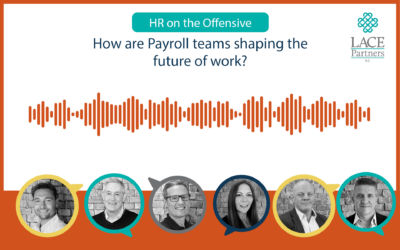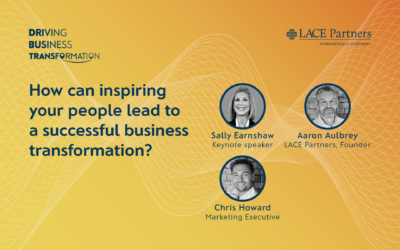In this episode of our HR on the Offensive podcast, Chris introduces the topic of discussion, the HR operating model, particularly focusing on the payroll aspect. He is joined by Chris Kirby, a senior manager specialising in Payroll at LACE, to delve into the intricacies of payroll operating models.
Kirby highlights the importance of understanding the structure, processes, technology, and data involved in payroll operations, especially in global settings where data management becomes critical. By breaking down the operating model into its basic components, we can identify the root causes of issues rather than merely addressing symptoms, highlighting the common pitfalls of overlooking holistic analysis.
What benefits do different payroll operating models provide?
- In-house model: It allows for flexibility in adapting to unique organisational needs, direct oversight of data security, and lower long-term costs for large organisations
- Outsourced model: Relieves organisations of the burden of payroll administration, allowing them to focus on core business activities.
- Managed-services model: Allows organisations retain control over strategic payroll decisions while outsourcing operational tasks to a third-party provider.
- Hybrid model: Benefits include tailored solutions for different regions and the ability to balance control and efficiency.
What challenges do local businesses face?
While automation has streamlined many payroll functions, complexities in reporting, compliance, and workforce structure persist. Kirby addresses concerns around justifying in-house payroll functions in single-market operations and the importance of assessing current efficiency levels.
A systematic approach to evaluating payroll operating models is essential for organisational success. Listen now to learn how you can evaluate your organisation’s payroll operating model.
Want to be notified when the newest episode is released? Join here for HR on the Offensive LinkedIn group.






